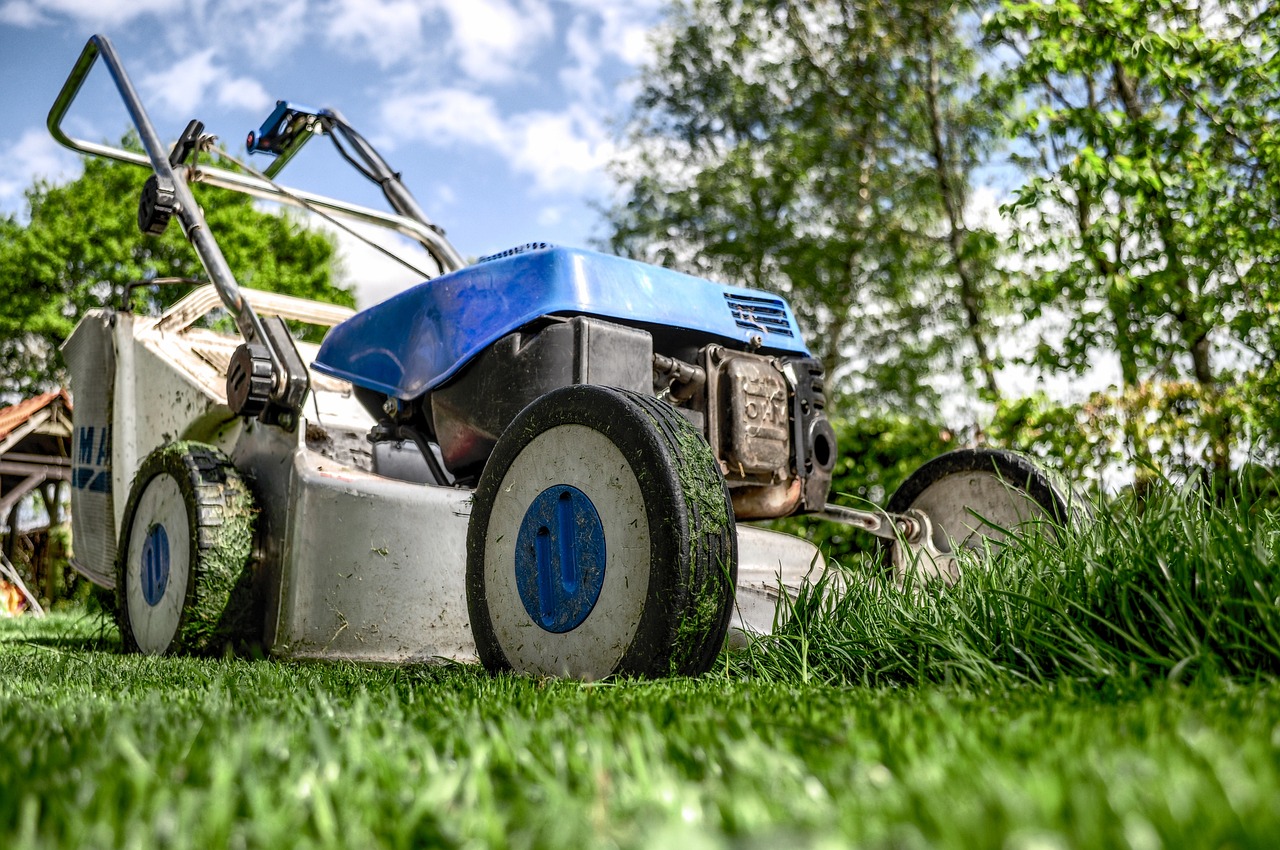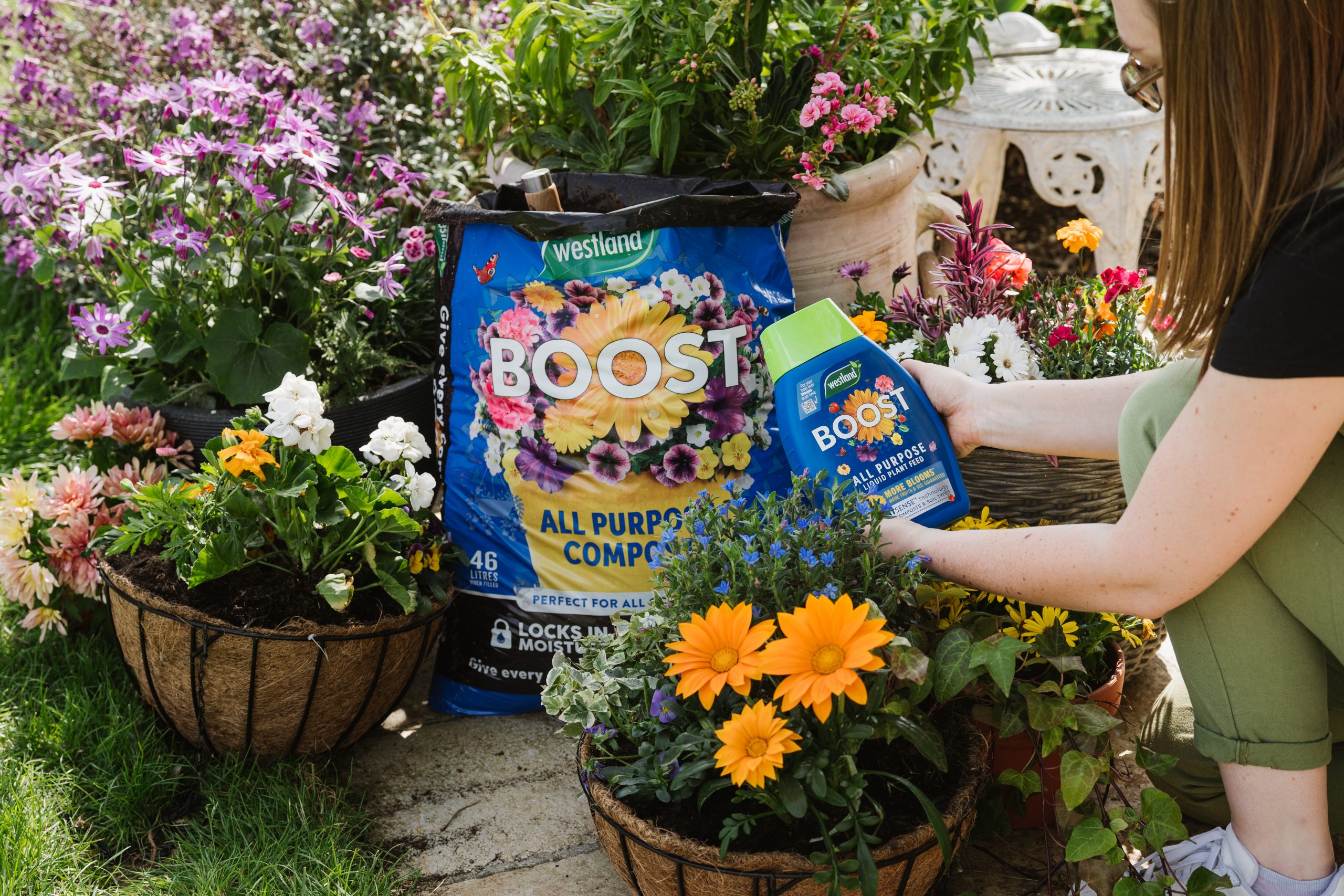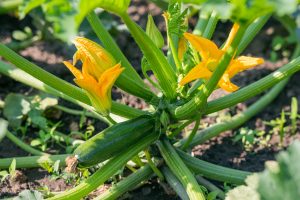Lawn Care – The Ultimate Guide: Tips for a Lush, Green Grass
A well maintained lawn is the pride of any homeowner. Perfect for summer barbecues, well kept lawns create a safe space for kids to play, and a beautiful view to enjoy from your window. Achieving and maintaining lush, green grass takes effort and little know how
In this guide, we’ll give you the knowledge you need to know to keep your lawn looking its best all year round.
1. Mowing Best Practices
Mowing is more than just cutting grass; it’s about maintaining a healthy lawn.
- Mow regularly: Keep your grass at an optimal height to promote growth and prevent weeds. For most lawns, this is around 2.5 to 3 inches.
- Use sharp blades: Dull blades tear the grass, making it more susceptible to disease and pests.
- Mow in different directions: Changing your mowing pattern each time prevents soil compaction and encourages even growth.
2. Water Wisely
Proper watering is crucial for a healthy lawn. However, please consider your water usage. During extreme hot weather and particular during a hosepipe ban watering your lawn is not ecouraged. If do intend to water your lawn, early mornings is best: Watering early reduces evaporation and allows the grass to dry before nightfall, minimising the risk of disease.
3. Lawn Fertiliser for Growth
Grass should be treated like any plant in your garden, if you want it to grow to its potential, you need to feed it. Fertilising provides essential nutrients that your lawn needs to thrive.
- Choose the right fertiliser: Use a balanced fertiliser or one specifically designed for your grass type.
- Apply at the right time: Cool-season grasses benefit from spring and autumn fertilisation, while warm-season grasses should be fertilised in late spring through summer.
- Follow application instructions: Over-fertilising can burn your grass and harm the environment.
4. Control Weeds
Weeds can quickly overtake a lawn if not managed properly.
- Manual removal: For small lawns, pulling weeds by hand can be effective, especially for broadleaf weeds.
- Use a selective herbicide: For larger infestations, a selective herbicide can target weeds without damaging your grass.
- Maintain healthy grass: A thick, healthy lawn naturally suppresses weeds by limiting the sunlight and space they need to grow.
5. Aerate Your Lawn
Aeration helps alleviate soil compaction and promotes healthy root growth.
- When to aerate: The best time to aerate your lawn is during the growing season – spring for cool-season grasses.
- How to aerate: Use a garden fork or a mechanical aerator to create small holes in the soil, allowing water, nutrients, and air to reach the roots.
6. Over seeding for a Thicker Lawn
Over-seeding involves spreading grass seed over your existing lawn to fill in bare patches and improve density.
- Choose the right seed: Match your seed mix to your existing grass type and local conditions.
- Preparation: Mow your lawn short and remove debris before over-seeding.
- Aftercare: Keep the soil consistently moist until the new grass is established.
7. Seasonal Lawn Care
- Spring: Rake away winter debris, aerate, and apply fertiliser. Over-seed if necessary.
- Summer: Water deeply and less frequently. Mow regularly, but avoid cutting the grass too short.
- Autumn: Apply a high-potassium fertiliser to strengthen grass for winter. Rake fallen leaves regularly.
- Winter: Avoid walking on the lawn when it’s frosty or waterlogged. Keep the lawn free of debris.




